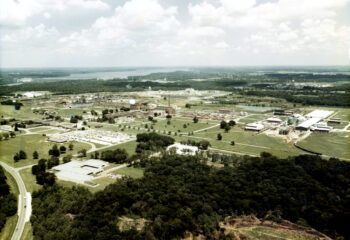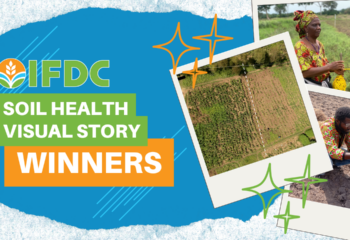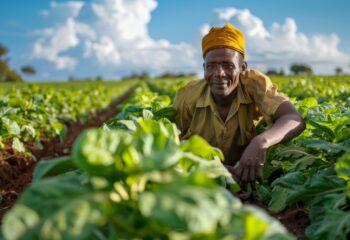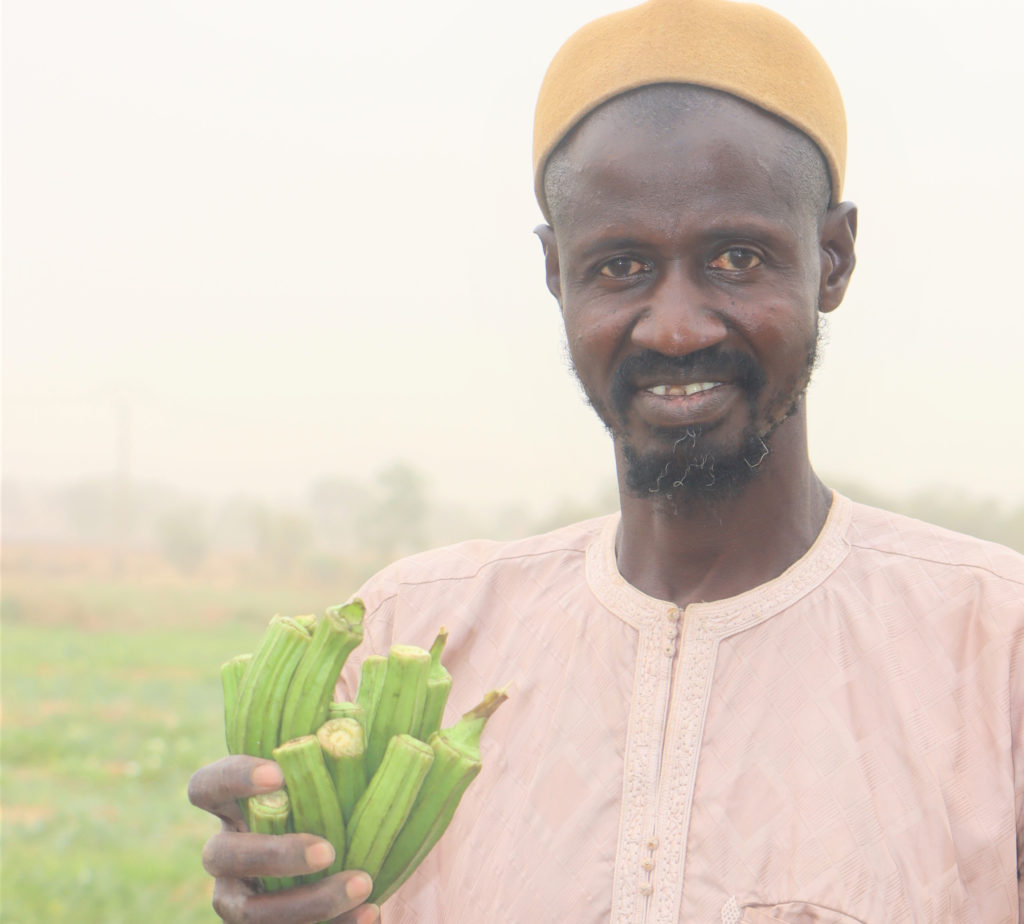
A Feed the Future Senegal Dundël Suuf success story for Earth Day 2023
In Orkadiéré, a village located about 70 km from Matam, Sadio Ba, an okra producer, tells us about his adventure with the microdosing technology.
In 2019, Ba decided to visit one of his friends living in Mboro. Once there, he discovered that his friend was involved in the production of other crops, in addition to okra, as well as livestock and fish farming.
Back in his village, having such a farm had been Ba’s dream, but unfortunately, he did not have the means to make it happen.
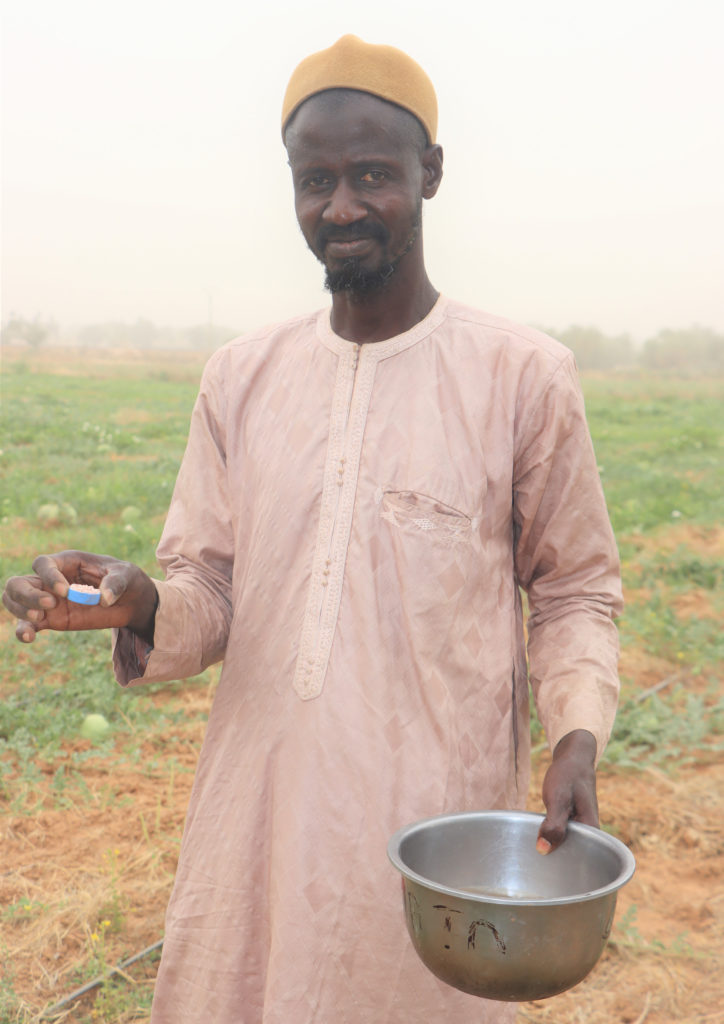
With microdosing, I have decreased the amount of fertilizer used and increased my yields.
During the 2021-2022 rainy season, Ba was selected as a beneficiary by the Regional Directorate of Rural Development (DRDR) of Matam as part of the Feed the Future Senegal Dundël Suuf project for scaling up the microdosing technology. He planted one hectare of okra with this fertilization technology.
Ba does not regret the choice he made. Since learning about microdosing, his yields have continued to rise, while the amount of fertilizer used has decreased compared to his traditional fertilization practice.
“Microdosing is both economical and profitable. Instead of the 600 kg/ha I normally use with broadcast fertilizer, I only needed 219 kg/ha with microdosing. In addition, my yield went from 9 to 14 metric tons with microdosing because the fertilizer acts directly on the plants.”

I have begun to realize my dream, thanks to microdosing.
With the savings on fertilizer and the income from selling okra, Ba is realizing his dream.
“Support from the Dundël Suuf project has allowed me to invest my income from growing okra in other crops, such as watermelon and eggplant, but I have also increased my okra production. In addition, the profits generated by okra have contributed to the establishment of a poultry business.”
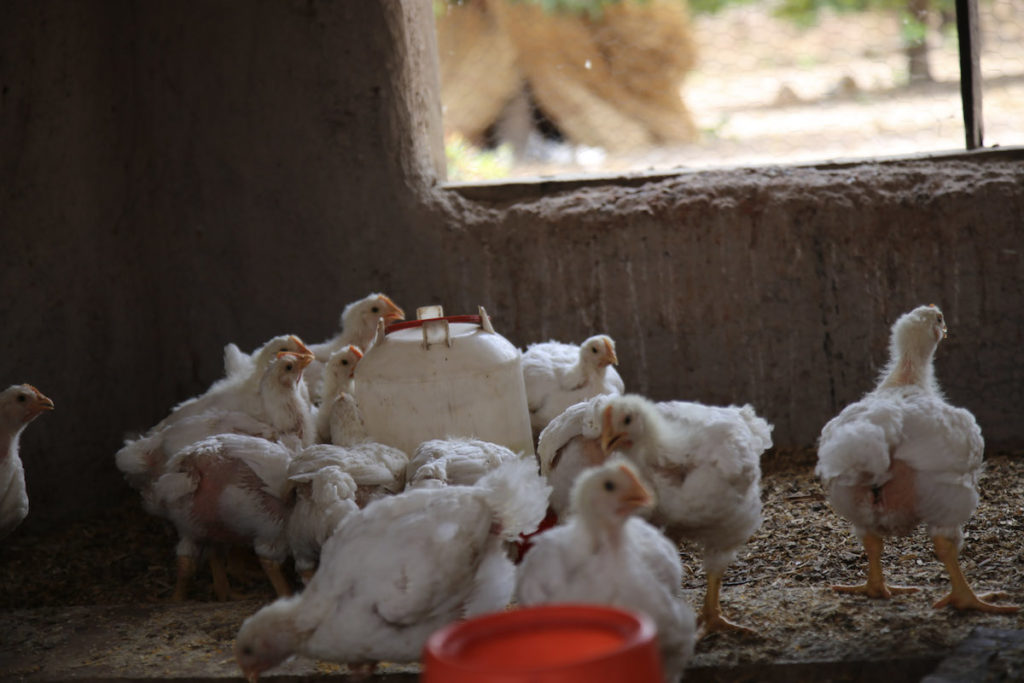
I obtained a record production of 14 metric tons per hectare with microdosing.
Ba invested 370,000 CFA francs (about U.S. $624) in constructing a chicken house and 90,000 CFA francs (about U.S. $152) in purchasing chickens and three bags of feed at 20,000 CFA francs (about U.S. $34) each.
Satisfied with microdosing, Sadio Ba recommends that all farmers apply microdosing. He says he is ready to train other producers in the area to take advantage of this technology.
More about the Feed the Future Senegal Dundël Suuf project:
Feed the Future Senegal Dundël Suuf is part of the larger Feed the Future Enhancing Growth through Regional Agricultural Input Systems (EnGRAIS) Project for West Africa and the Global Food Security Strategy. It is one of the many assistance programs supported by the American people through the United States Agency for International Development (USAID).
Dundël Suuf (“nourishing the soil” in the Wolof language) aims to increase agricultural productivity to foster inclusive and sustained reduction in hunger, poverty, and malnutrition.


